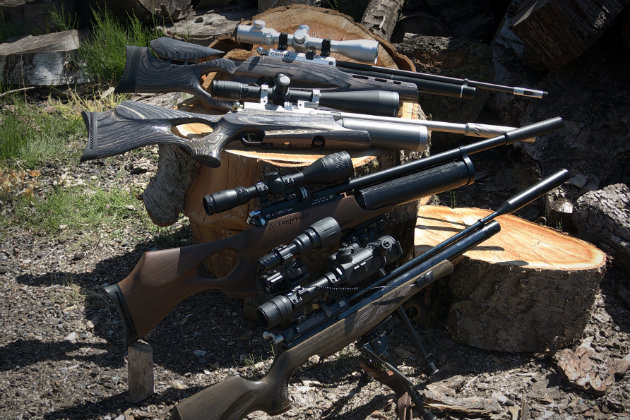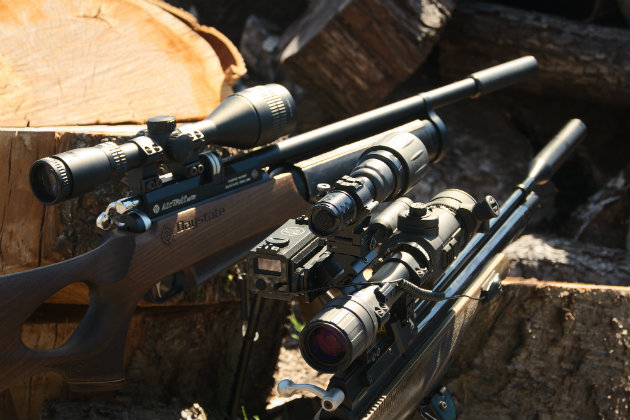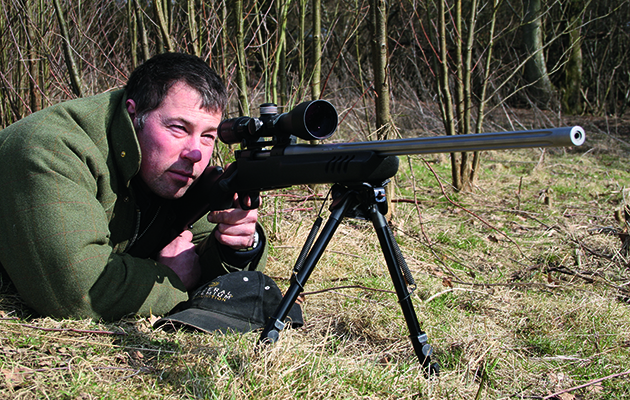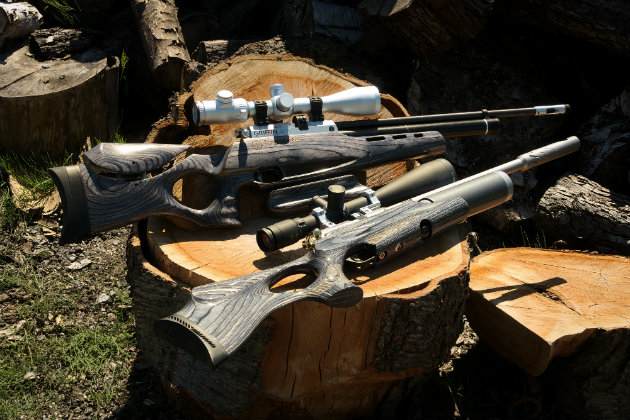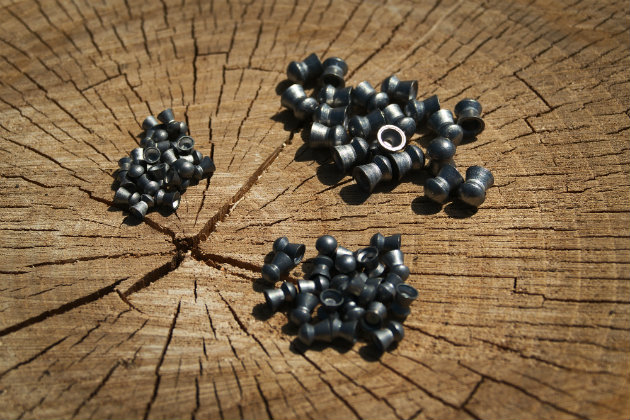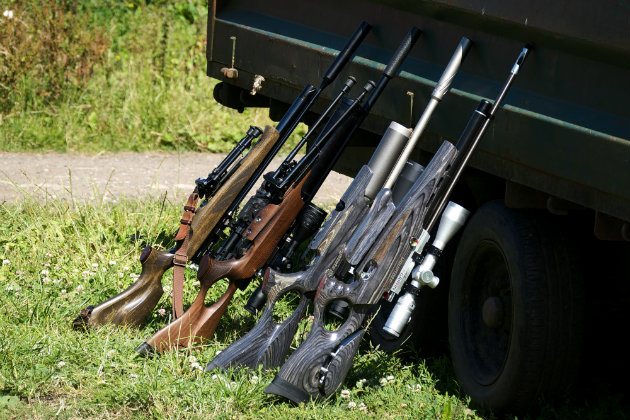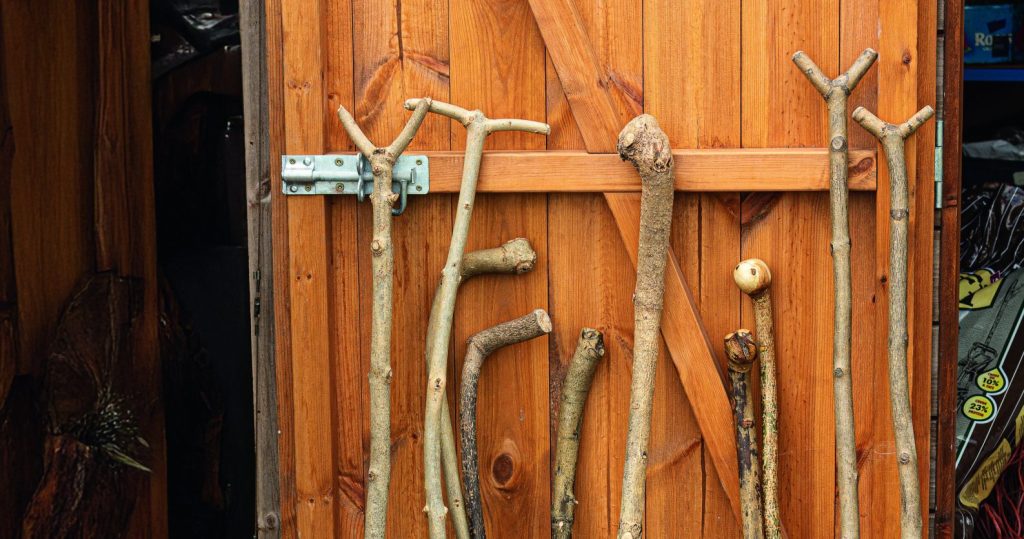Win CENS ProFlex DX5 earplugs worth £1,149 – enter here
Best calibre air rifle: What would suit you best? A .177 or .22, .25 or above?
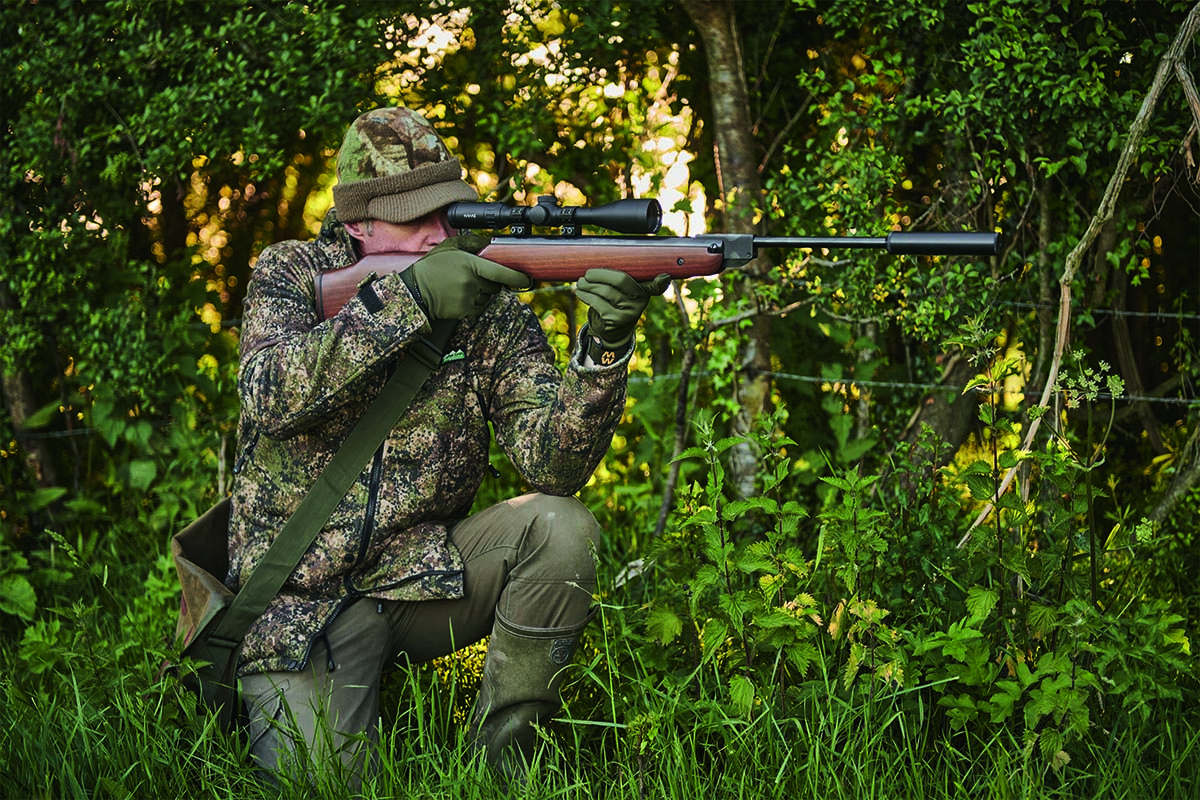 Mat’s cautious approach is rewarded with a straightforward shot at less than 25m.
Mat’s cautious approach is rewarded with a straightforward shot at less than 25m.
I’m often asked “which is the best calibre air rifle” by those in the market for an airgun.
Mike Morton, editor of Airgun Shooter advises: “Numerous calibre options are available to the modern airgun shooter, but newer shooters should probably consider just two – .177 and .22 – as there is a wide choice and availability of both rifles and ammunition in these calibres, something that’s rarely the case with more specialised options such as .20, .25 and .30.”
“In general, .177 pellets have a flatter trajectory, while .22 pellets have a more loopy trajectory, but will hit harder. The smaller pellets usually cost a bit less, while .22 may be less fiddly to load. Target shooters tend to favour .177, while hunters are a bit more divided.” (Read more of Mike’s advice on buying your first air rifle.)
Three sub 12 ftlbs rifles and a single FAC Airwolf in .22.
It’s worth spending a bit of time researching the best calibre for your needs
Pick the right air rifle for the job in hand
Picking the best calibre air rifle
The enhanced ballistics of the sub 12 ft lbs .177 makes accurate shooting easier over a wider variety of distances.
However for certain tasks an FAC air rifle in .22 is ideal. It is the perfect choice for longer range pigeons, corvids and squirrels up in the branches. (Read more on FAC air rifles here.)
Sub 12 ftlbs rifles a can be big money but a classic stock design is always a good investment.
Fieldcraft and placement are key
A .22 does deliver more energy into the target, it’s heavier and retains more energy but sub 12 ft lbs rifle shooting isn’t about energy, it’s about field craft and placement. Placing a pellet exactly in the right spot is everything and that’s much easier to do courtesy of the more forgiving ballistics of a .177. (Read more on hunting with a legal limit air rifle.)
Why not opt for.20 or maybe even .25?
The .20 calibre seems like a sensible option but it never really caught on in the UK. It’s basically a compromise calibre. Pick one of these and you’ll find that pellet choice on offer is very limited. You’ll also struggle to sell it second-hand. (Read more on buying a second-hand air rifle.)
The .25 calibre is without doubt one of the best choices for an FAC rifle but it’s painfully slow at around 400fps, roughly half the speed of a .177. Read Bruce Potts on the .25 calibre air rifle and how it performs out rabbiting.
.177, .22 and the massive 30 cal. The classic diablo pellet is the best choice for serious shooters
A word on air rifle pellets
A .22 travels just under 600fps while a .177 is usually just under 800fps. The .177 therefore gets to the target roughly 25% faster or 33% faster relative to a .22. But remember that the vast majority of competition shooters choose a .177 because it’s faster, flatter and easier to maintain accuracy over varied ranges.
Air rifles are fussy about pellets so it’s worth trying a few to see which suit your airgun best. Read our advice on the best airgun pellets.
Better penetration
The .177 scores well on penetration. If you’re planning to nail the occasional grey it’s without doubt the way to go. Squirrels are tough and a .177 is the most effective round for the job.
Some impressive shooting irons… but the little S410 more than holds its own in the ratting department
A .177 is more forgiving
Finally, a .177 is more forgiving. You need more experience to handle a .22 air rifle or above. It takes a long time and a lot of practice to really get to know your rifle.
(This article was originally published in 2018 and has been updated)
Save money by taking out a subscription to your favourite fieldsports magazine here
Related Articles
Get the latest news delivered direct to your door
Subscribe to Shooting Times & Country
Discover the ultimate companion for field sports enthusiasts with Shooting Times & Country Magazine, the UK’s leading weekly publication that has been at the forefront of shooting culture since 1882. Subscribers gain access to expert tips, comprehensive gear reviews, seasonal advice and a vibrant community of like-minded shooters.
Save on shop price when you subscribe with weekly issues featuring in-depth articles on gundog training, exclusive member offers and access to the digital back issue library. A Shooting Times & Country subscription is more than a magazine, don’t just read about the countryside; immerse yourself in its most authoritative and engaging publication.






